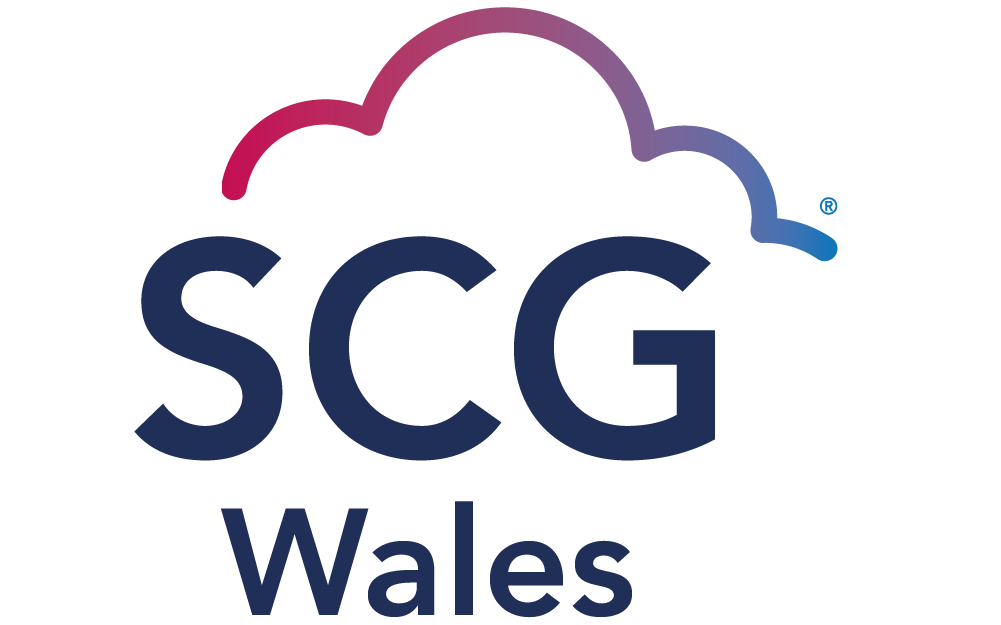The traditional classroom consisted of blackboards, chalk and textbooks. But as technology continues to develop…
4 exciting ways the IoT will change customer experience
Posted on 7th May 2018 under Blog.
Tags: IoTThe Internet of Things (IoT) is rapidly changing customer’s expectations as they want faster and more personalised interactions. These standards are only going to rise as, by 2020, researchers predict the number of connected things will be anywhere from 20 to 75 billion.
The data gathered from cloud-based devices can be used to strengthen the relationship between customer and company, as a more personal buyer experience is available. The most successful businesses will be those which move from being product-focused to service-focused.
These are the four exciting ways the IoT will improve customer experience.
1. More personalised customer service

Research shows that 70% of buyers want a more personalised shopping experience, and with the rise if the IoT this will become the norm.
The IoT means businesses can obtain valuable consumer data like buying patterns, behaviours and preference, and tailor products and services to the customer’s needs.
Businesses can capture this information right from the first brand touchpoint to the ongoing support of the product or service – so the customer is always only offered exactly what they want.
For example, smart meter data analytics are helping energy companies better understand the energy usage of their account holders. By connecting IoT data to other data sources, the energy provider can supply more accurate bills, suggest energy-saving tips, and offer personalised tariffs that reflect individual usage.
This level of personalised service is highly valued and contributes to customers’ loyalty.
2. More targeted customer service

Companies can offer a more personal, targeted customer experience, via live chats, push notifications, live agents or chat bots. It’s the ideal marketing tool.
For example, Amazon has taken advantage of the opportunity to better target customers with its Amazon Echo, which is designed to interact with user’s voice. This voice service can provide information, answer questions, play music, read the news, check sports scores or the weather instantly. All the user needs to do is ask.
The information is then delivered to users according to their particular interaction, location and time.
When a customer connects to your WiFi, you can send real-time promotions, something certain systems offer. For example, a tech store could set up a push promotion for laptop cases when a customer is walking through the laptop section.

Some examples of how businesses could target their customers:
- A promotional video
- Trigger a message or phone call
- Send an offer or coupon
- Make a recommendation
- Suggest additional information or content
- Provide a way to make a meeting
It means having the ability to offer the right service at the right time. As customers interact with businesses via IoT-enabled devices, the buying process can also be made easier. Amazon has made the process of ordering things it often uses quickly with ‘Dash’ buttons. When connected to a WiFi network and pressed, customers can order a single commonly stocked item (like loo roll or coffee beans) from Amazon.
Relevance is key to engaging buyers today, and the IoT can offer this level of quality for individual buyers.
3. Real-time response to customers

According to research, more than a quarter of customers chose to take their business elsewhere or spent less with a company in 2017 due to bad customer service. This came at a cost of over £37 billion.
The level of proactive customer service that the IoT can offer is at a much higher standard. This means faster responses which are customised to the customers’ individual needs.
In practice, businesses can use the IoT to monitor products in real time. This way the risk of outages or downtime is reduced, and any issues with the product anticipated and sorted out quickly.
The data obtained from health-related smart devices, like the Apple Watch, could contribute to better responses to people’s health issues. If health professionals can receive real-time data on their patients, they can easily monitor and respond.
The fast response rates that the IoT will bring will keep customers happier and engaged.
4. Valuable analytics gained

The amount of data that businesses will be able to obtain from IoT devices is an exciting prospect. The Manufacturer’s Annual Manufacturing Report 2018 found that 91% of senior industrial executives believe that data from connecting machines and people will inform decision-making and reduce costs.
In-depth reporting on products and services means any inefficiencies can be fixed to improve the user experience. These analytics can be taken right from the purchase of the product to the end of its usability period.
With its products and services, Microsoft is adopting features which allow businesses to continually add value and improve their product designs based on real-time and predictive behavioural analytics.
It’s predicted by executives that in the next three years the IoT will enhance products and services by 87%, a figure which is greatly down to the volume of data which can be obtained through everyday devices.
Get in touch to find out more about our broadband and cloud-based phone systems to keep your business up to date with the innovative cloud.
Related Posts
- The rise of technology in the education sector
- 5 reasons why solicitors should adopt the cloud
Law firms have largely operated in the same way for generations. But with a change…
- What opportunities can technology offer the recruitment industry
The recruitment industry continues to grow year on year. In 2017 alone, Companies House recorded…
- The impact of missed calls for your business
While the internet, email and social media are all powerful tools for businesses communication, they…
- Innovative technology trends changing the workplace
Just as the industrial revolution changed the world, recent advances in technology have changed the…

